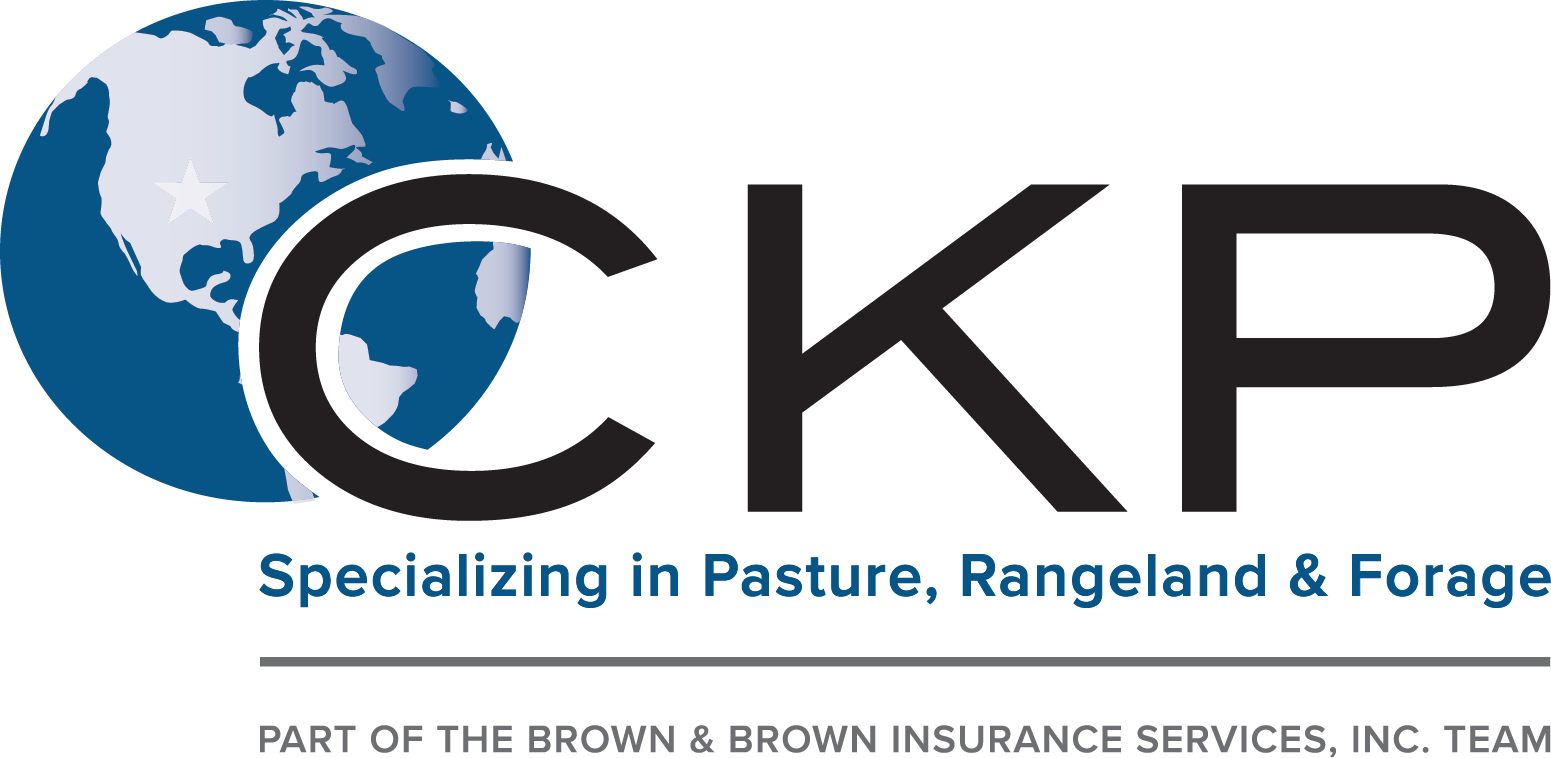Some Of Bagley Risk Management
Wiki Article
Professional Guidance on Risk Evaluation and LRP Insurance Coverage Solutions

The Significance of Danger Evaluation
Effective risk assessment is basic in the decision-making procedure of any type of organization, directing calculated planning and resource allocation. By systematically identifying, evaluating, and prioritizing possible threats, organizations can prepare for difficulties, take advantage of opportunities, and make informed choices to achieve their purposes. Threat evaluation allows companies to proactively resolve susceptabilities, alleviate dangers, and enhance their danger management approaches.Among the crucial benefits of risk analysis is its function in enhancing functional performance. By recognizing the prospective dangers that might influence various facets of the business, companies can improve procedures, assign sources much more effectively, and minimize the possibility of pricey disruptions. Threat evaluation makes it possible for business to abide with regulatory demands, guard their reputation, and develop trust fund with stakeholders.
Comprehending Potential Losses
To grasp the impact of risk analysis, it is vital to understand the potential losses that could substantially impact a company's procedures and financial security. Potential losses can arise from various sources, including natural disasters, economic downturns, operational failings, regulatory modifications, and cybersecurity breaches. These losses can lead to direct costs such as residential property damages, lawful costs, and fines, in addition to indirect expenses like reputational damage and loss of market share.Comprehending prospective losses involves carrying out an extensive analysis of the dangers that can appear and approximating the financial effect they might have on the organization. By quantifying these potential losses, companies can prioritize danger mitigation efforts and assign resources effectively. A detailed understanding of potential losses makes it possible for organizations to make enlightened choices when choosing risk administration techniques, such as acquiring insurance protection or carrying out risk control actions.
Fundamentally, by recognizing and understanding prospective losses, companies can proactively handle threats and secure their long-term sustainability and success.
Function of LRP Insurance Coverage Solutions
The assimilation of LRP insurance coverage services within a company's risk monitoring structure boosts resilience and strengthens financial stability versus unexpected adversities. LRP, or Loss Healing Item, insurance remedies play a critical role in alleviating the effect of possible losses by offering economic protection and support learn this here now in times of crisis. These insurance policy services are customized to fulfill the specific needs of services, supplying coverage for different dangers such as residential property damages, business interruption, liability insurance claims, and a lot more.By transferring the financial threat to an insurance policy service provider, companies can focus on their core operations with better peace of mind, understanding that they are safeguarded against considerable financial losses. In addition, LRP insurance coverage solutions can improve a company's threat monitoring technique by supplementing existing risk reduction steps and ensuring extensive protection throughout all locations of prospective susceptability.
Identifying Secret Threats
In the process of threat evaluation, a vital action includes recognizing essential threats that have the potential to influence an organization's procedures and monetary security. Recognizing crucial threats needs a comprehensive examination of exterior and inner aspects that could present threats to the organization's goals. Inner risks may consist of operational ineffectiveness, conformity concerns, or human resource difficulties, while exterior threats could include financial declines, regulatory changes, or natural catastrophes.
In addition, key risks ought to be routinely evaluated and upgraded to straighten with the dynamic organization setting. This proactive method allows organizations to remain ahead of prospective threats and safeguard their long-term success.
Choosing the Right Coverage
Having actually determined the vital dangers that could affect an organization's operations and monetary stability, the next vital action entails thoroughly selecting the best protection to efficiently handle and reduce these risks. Organizations require to consider their details threat exposure, monetary capabilities, and calculated goals when it comes to choosing the best coverage. It is read what he said important to carry out a complete assessment of the available insurance alternatives to make certain that the picked protection aligns with the organization's threat administration goals.
Organizations needs to work very closely with skilled insurance professionals to examine their threat profiles and recognize one of the most suitable insurance coverage products to address their requirements. Customizing insurance protection to details risks can aid optimize security while decreasing unneeded costs. Furthermore, companies need to review policy terms in information to understand the degree of insurance coverage provided and any type of prospective exemptions that might influence their threat reduction strategies.
Final Thought
To conclude, risk evaluation is critical in recognizing potential losses and selecting the right LRP insurance solutions. By comprehending crucial dangers, organizations can minimize economic effects and secure their possessions. It is necessary to meticulously assess and analyze threats to make certain appropriate coverage is check these guys out in place. Expert support can assist navigate the complexities of risk assessment and insurance remedies, giving organizations with the needed tools to efficiently manage and mitigate risks.Professional advice plays an essential role in this procedure, providing valuable understandings into recognizing and reviewing risks, as well as purposefully selecting appropriate insurance policy protection tailored to mitigate those dangers efficiently. An extensive understanding of prospective losses makes it possible for organizations to make enlightened decisions when choosing threat management approaches, such as purchasing insurance policy protection or implementing danger control actions.

Report this wiki page